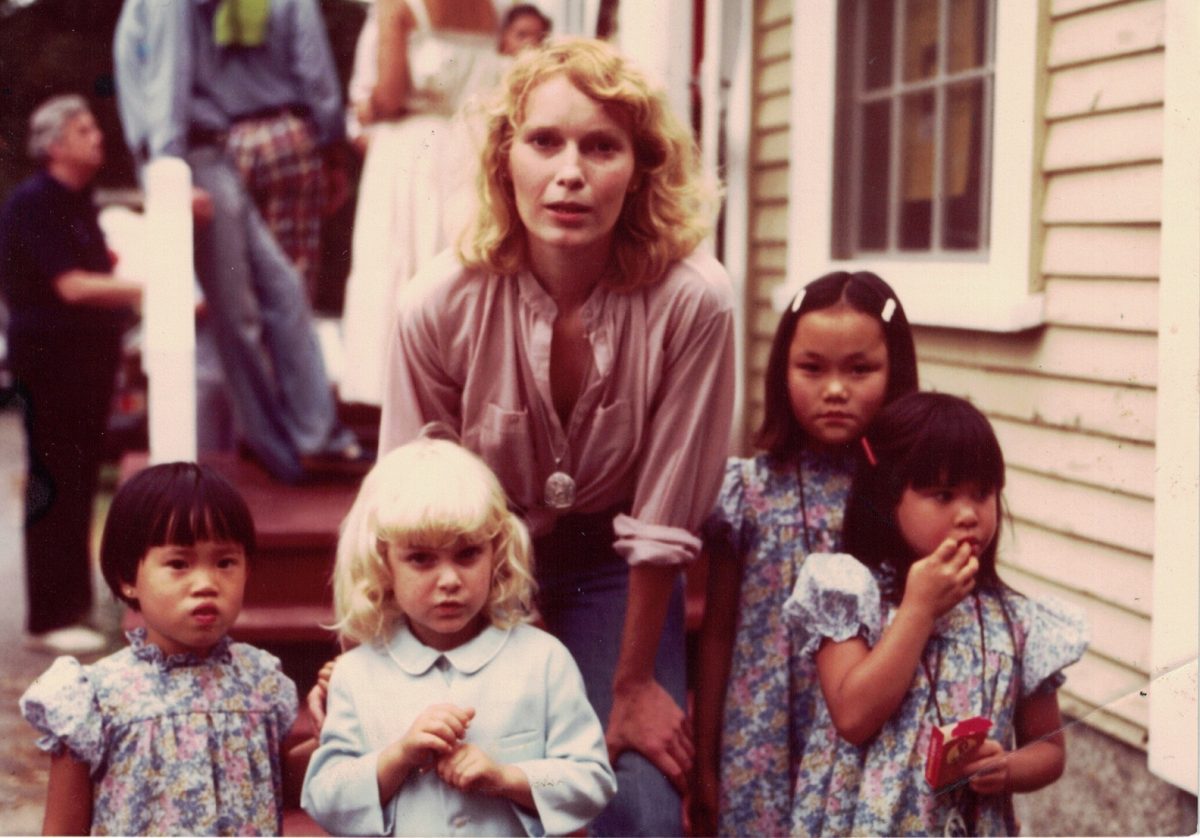
I was born at the tail end of the 1980s, and so my experience of the 1990s was from a child’s point of view. In one of my family’s few home movies from that time, I can be seen playing with toy horses with my cousins while the adults argue about the O.J. Simpson trial. I remember being transfixed by images of the doll-like JonBenét Ramsey staring at me at the supermarket, vaguely aware that something horrible happened to her in the middle of the night. During the Clinton sex scandal, boys in my class would write words like “blowjob” on the blackboard and joke about quarters. I grew up against this backdrop of ravenous media vultures.
Decades later, a new string of “corrective” documentaries have sprung up around these stories and others. Films, TV shows, and podcasts like O.J.: Made in America (2016), Casting JonBenet (2017), Slow Burn: The Clinton Impeachment (2018), Lorena (2019), Leaving Neverland (2019), and Framing Britney (2021) have mined tabloid scandals from the ’90s with new points of view. They posit that what we were told at the time was incomplete at best. The latest project in this trend is Allen v. Farrow, a four-part HBO documentary series which sets out to tell the real story of Dylan Farrow.
In the early ’90s, Dylan was only seven years old when she became a central player in the divorce battle between her famous parents, writer/director Woody Allen and actor Mia Farrow. She alleges that in 1992, after years of escalating inappropriate behavior from Allen (which had been noted by both family members and therapists), he sexually assaulted her. With new access to case files, home movies, and interviewees, directors Kirby Dick and Amy Ziering relate these events from Dylan’s point of view, after decades of the story being centered around Allen.
For a vocal component of Allen supporters (many of whom have not watched the series), the fact that Allen v. Farrow is so one-sided irks them to their core. Their view seems to be that the “great artist” in the story should be its central character, even though he’s already had more than enough space to speak his piece. Dick and Ziering convincingly outline a pattern of worrisome behavior on Allen’s part. Rather than rely on what Allen and Mia Farrow said both publicly and privately (statements which have already been subject to overwhelming scrutiny and gossip over the years), the show leans on reports and notes by third-party investigators, case workers, and judges.
At the time, much of this evidence was unavailable to the public. Both Allen and Mia Farrow took advantage of these gaps in the common knowledge during their divorce, showing off the media savvy one would expect of two influential artists. This demonstrates one of the advantages of these revisionist films, how they can explore evidence and information in greater depth and with fewer distractions. Time and distance affords it more clarity.
The least convincing element is the series’ handwringing over the content in Allen’s work, particularly the recurring trope of May-December romance in films like 1979’s Manhattan. In an unfortunate turn of phrase, one speaker suggests that such movies “groomed” audiences to accept such love affairs as normal. Looking at art as evidence of an artist’s moral character is a slippery slope. It is of course disingenuous to argue biography has no impact on one’s work (especially in the case of someone like Allen, who so blatantly incorporates autobiographical elements), but the specifics are ultimately irrelevant. Allen could have just as easily been an abstract sculptor or a jazz musician as a filmmaker. The only real bearing Allen the director has on the case is how he leveraged the fame and power he accumulated through his work.

Miriam Bale argues more convincingly against Allen’s cultural influence in a 2017 article for the Hollywood Reporter, “Why I Will Never Watch a Woody Allen Film Again.” She asserts that continued support for his films contributes to his social capital, and that setting aside our personal feelings as viewers actually makes us culpable in uplifting abusers. When we as a society make it a truism to “believe victims,” then there should be more follow-through. Implicit in that phrase is the understanding that in a vacuum, a powerful figure accused of assault (usually a man) is often believed unquestionably.
There’s a perverse nostalgia that lingers uncomfortably in this burgeoning genre of revisionist docs. Like the others, Allen v. Farrow looks critically at the media noise observers must reckon with to get at any sort of truth. They present a world we thought of as straightforward and show us how it was far more complex than we remember. But even running for over four hours, this interpretation of events is also reductive — and, crucially, still intended to entertain. Foundational to these reexaminations of past scandals is that we live in more enlightened times. Yet if that’s the case, then why does our hunger for these stories remain insatiable?
The fact is that we continue to live in a world where scandalous events are chewed up and reduced to abstractions far removed from the facts. We think little of how the ways we tell these stories impact the people in them, many of whom are “heard” without gaining any power or social capital. If anything, thanks to social media, we are inundated with more noise than ever before, and have even less time to process it. We continue to reduce complex people and events to sportslike partisanship, looking for unproblematic “heroes” and engaging heavily in whataboutisms on their behalf. Would a similar story of this scale really be treated more fairly if it were to unfold now? That seems like wishful thinking. In many ways, documentaries like Allen v. Farrow could not exist if social conversations hadn’t shifted, but it’s worth asking how far we’ve really come.

Allen v. Farrow is available to stream via HBO Max.
0 Commentaires